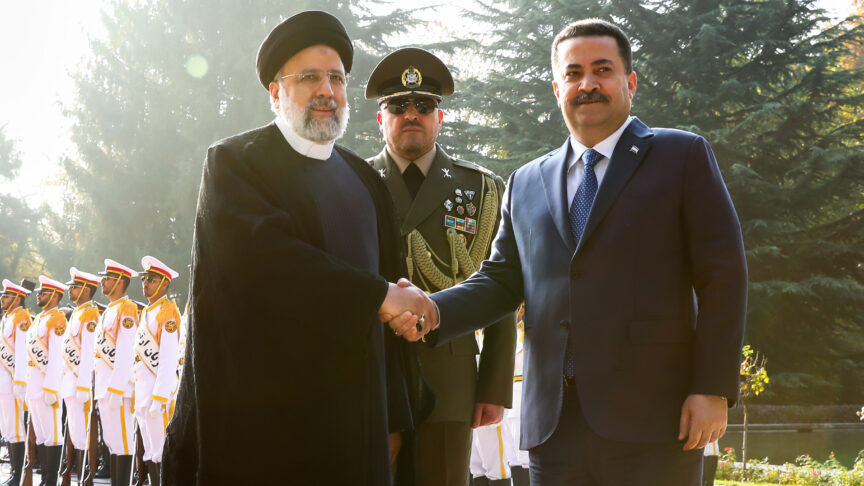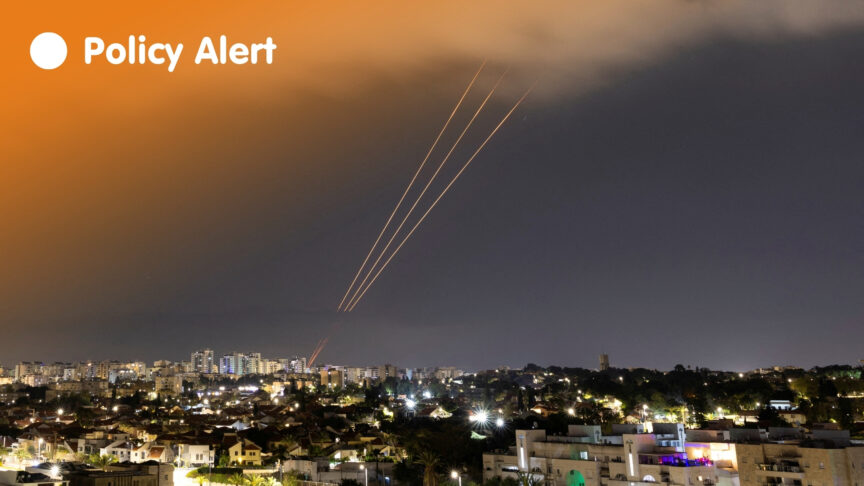Power vacuum in Aden will fuel more unrest
The assassination of Aden governor Jaafar Mohamed Saad is emblematic of the deep instability in the city and beyond
It was only the latest event to shake Yemen’s southern city of Aden, but the reverberations of Sunday’s explosion, which left Aden governor Jaafar Mohamed Saad and at least half a dozen of his bodyguards dead, echoed far beyond the troubled port’s Tawahi neighborhood. Since returning from abroad to take up the position of governor, Saad, a military officer in the formerly independent south, had received plaudits for taking tentative steps towards restoring normalcy in the conflict-wracked city. In a tragic irony, the deadly attack on his convoy, claimed hours later by the Yemeni branch of the Islamic State (IS) group, only serves to underline how far the city has to go in that regard.
While the death of the well-liked governor left many in shock, violence has remained disturbingly common since Saudi-backed forces succeeded in forcing backers of the Houthis, a Zaidi Shi’a-led rebel group which took over the bulk of Yemen earlier this year, and former president Ali Abdullah Saleh out of the city in July. In October, an attack on a hotel housing Prime Minister Khaled Bahah and other government officials left 15 dead. And a string of assassinations have continued to target a wide range of social figures in the city, continuing without pace despite president Abdo Rabbu Mansour Hadi’s return to Aden from exile: Jaafar’s assassination was one of three in the span of 36 hours—preceded by that of a prominent judge who had presided over terrorism cases, and followed by that of a military officer. Meanwhile, Al Qaeda militants have seized control of a number of towns in the neighboring province of Abyan, while consolidating their grip on the eastern port of Mukalla, which they took hold of earlier this year.
The continued instability in areas that have been cleared of Houthis has fueled a great degree of politically motivated analysis. Backers of Saleh and the Houthis have cast it as a vindication, claiming that Hadi and the Saudis are in league with Al Qaeda and IS; backers of Hadi and the Saudi-led coalition have blamed it on Saleh and the Houthis themselves, casting the attacks as false flag operations carried out by remnants of the former president’s intelligence network. Such talk ultimately misses the point. The violence and instability in Aden—and for that matter, the rest of the country—remains fueled by patterns of instability that are, at their essence, rooted in years, if not decades, of failure by Yemen’s political leaders. Exacerbated by the ongoing conflict, this power vacuum has only grown in Aden as efforts by the Hadi government and its international allies to bolster the port city’s security have yet to move beyond the nominal stage.
Regardless of the veracity of claims of political intrigue surrounding recent events in Aden, the ultimate reasons for continued violence and assassinations are rather straightforward: the absence of tangible government authority, the flood of arms to and militarisation of the city over the course of the battle to clear the city of the Houthis and their allies, and the failure to incorporate locals into a revamped security structure has fueled a deep climate of instability. Left unresolved, the power vacuum in Aden—to say nothing of the rest of the country—will only breed more unrest.
The European Council on Foreign Relations does not take collective positions. ECFR publications only represent the views of their individual authors.


